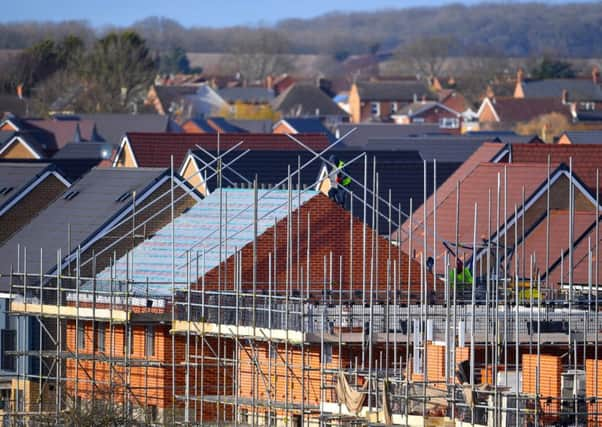The Yorkshire Post says: Home truths on housing policy as green belt debate resurfaces


Yet the Tory leader survived by announcing that it was her “personal mission” to transform housing policy – and that this would be her defining domestic policy while she negotiated Britain’s exit from the European Union.
However, while a Whitehall rebranding led to the creation of the Ministry of Housing, Communities and Local Government in January last year to supposedly reflect this new urgency, policy progress – just like Brexit – remains slow and fragmented.
Advertisement
Hide AdAdvertisement
Hide AdIt is highlighted by new analysis by the Campaign to Protect Rural England which reveals the continuing failure to make the most of brownfield sites when there is a national shortage of housing, particularly affordable properties, and whether new developments are encroaching unduly on green belt land.
That said, the designation of ‘green belt’ land – a policy introduced after the war to prevent urban sprawl – should be open to review. Though the priority should be to regenerate redundant land in town and city centres, it is not this simple. New homes also require services – high-rise city centre apartments are not always ideal places to bring up young families – and it might be more practical to build larger-scale developments, even small towns, to meet the county’s housing needs. What is certain is that this policy approach needs far greater imagination and impetus.